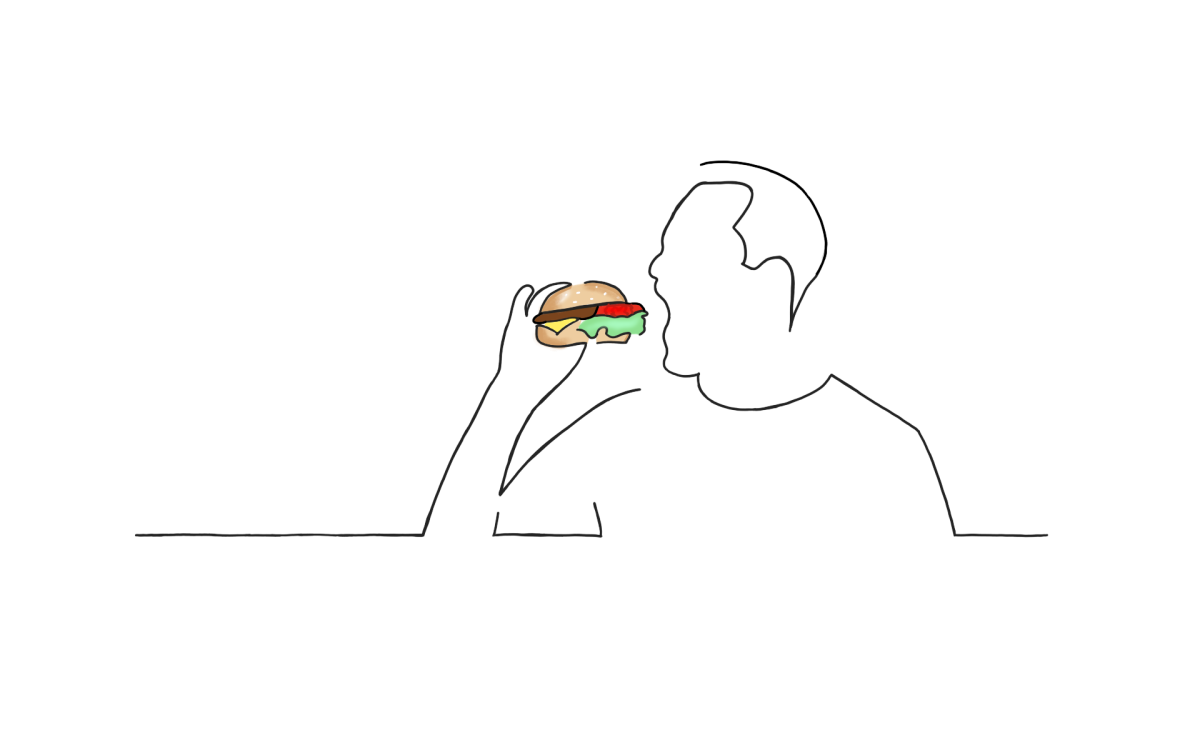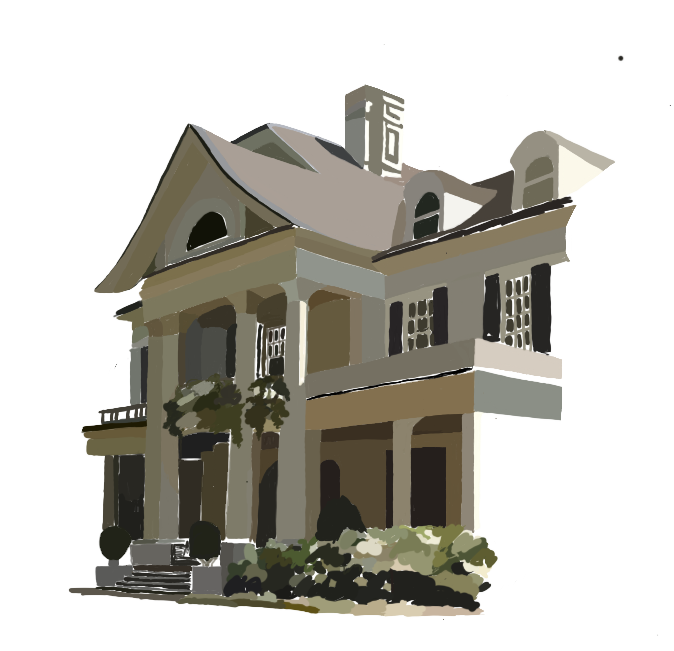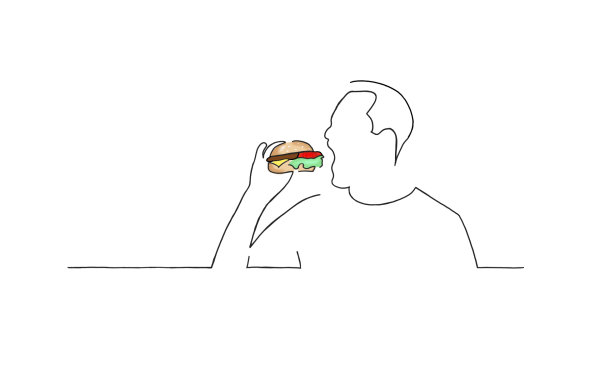Seasonal Sadness
Seasonal affective disorder, or seasonal depression, is a mental condition that is only active during a particular part of the year. The name stems from the fact that the cause of SAD is related to the change of seasons. And if you’re like most people with seasonal affective disorder, symptoms will start in the fall and continue into the winter months.
Unlike a mild case of the ‘winter blues,’ seasonal affective disorder is a much more serious condition and a form of depression. It usually shows up in fall or the beginning of winter, as the weather gets worse and days get shorter. On the flip side, SAD can also occur in the summer months. In that case, onset would begin in spring.
“It is an experience of major depression that tends to occur along with changes of seasons, beginning and ending around the same time each year,” said Marshfield High School’s mental health therapist Nick Elgin.
Seasonal depression has a variety of different effects on people. It is a case-to-case basis on how it would affect you. Some individuals may feel sadder than usual, whereas others may suffer from complete withdrawal.
“The hallmarks consist of depressed mood, diminished interest or pleasure, weight loss, insomnia or hypersomnia, psychomotor agitation, fatigue or loss of energy, feelings of worthlessness, excessive inappropriate guilt, diminished ability to think or concentrate, and recurrent thoughts of death,” said Elgin.
Although similar to regular depression, seasonal affective disorder is different because of its root cause. Like plants, humans are dependent on the sun to thrive. During the winter we have shorter days, and not as much sunlight. The brain’s response change in daylight brings upon seasonal affective disorder.
Daylight affects two chemicals in the brain: serotonin and the other melatonin, and these chemicals help regulate mood, sleep cycle, and energy.
Serotonin is a chemical directly linked to mood and energy. The brain makes more of this chemical when exposed to sunlight. When serotonin is high in quantity mood and energy levels improve. Because serotonin can be made because of daylight, we see a decline in this chemical in the winter and less serotonin is made, making mood and energy levels decline.
Melatonin is a chemical that your brain releases in response to darkness, it helps with your circadian rhythm and sleep. In the winter months our brain can produce too much melatonin due to little light exposure, causing a change in sleep pattern and exhaustion.
One of the most common treatments for seasonal affective disorder is bright light therapy. This is to adjust sleep patterns back into a regular circadian rhythm. By being exposed to a bright light more, the sun is mimicked and it can lessen the effects of winter.
Another common practice to treat this is medication. When prescribed by the proper professional, medication can help by lessening the effect of the symptoms.
If you think you have seasonal affective disorder, professional help, and diagnosis can help. Professionals are able to pinpoint the severity of your disorder as well as provide options for treatment.
Your donation will support the student journalists of Marshfield High School. Your contribution will allow us to purchase equipment and cover our annual website hosting costs.

Freshman Marina Mascarenas is a first year member of the Marshfield Times Journalism Staff. She is a part of the Ballet Pacific Company and has been dancing...

Senior Mia Schaefer is a fourth-year member of The Marshfield Times and a second year Editor-in-chief. She is involved in several activities, she is a...


























